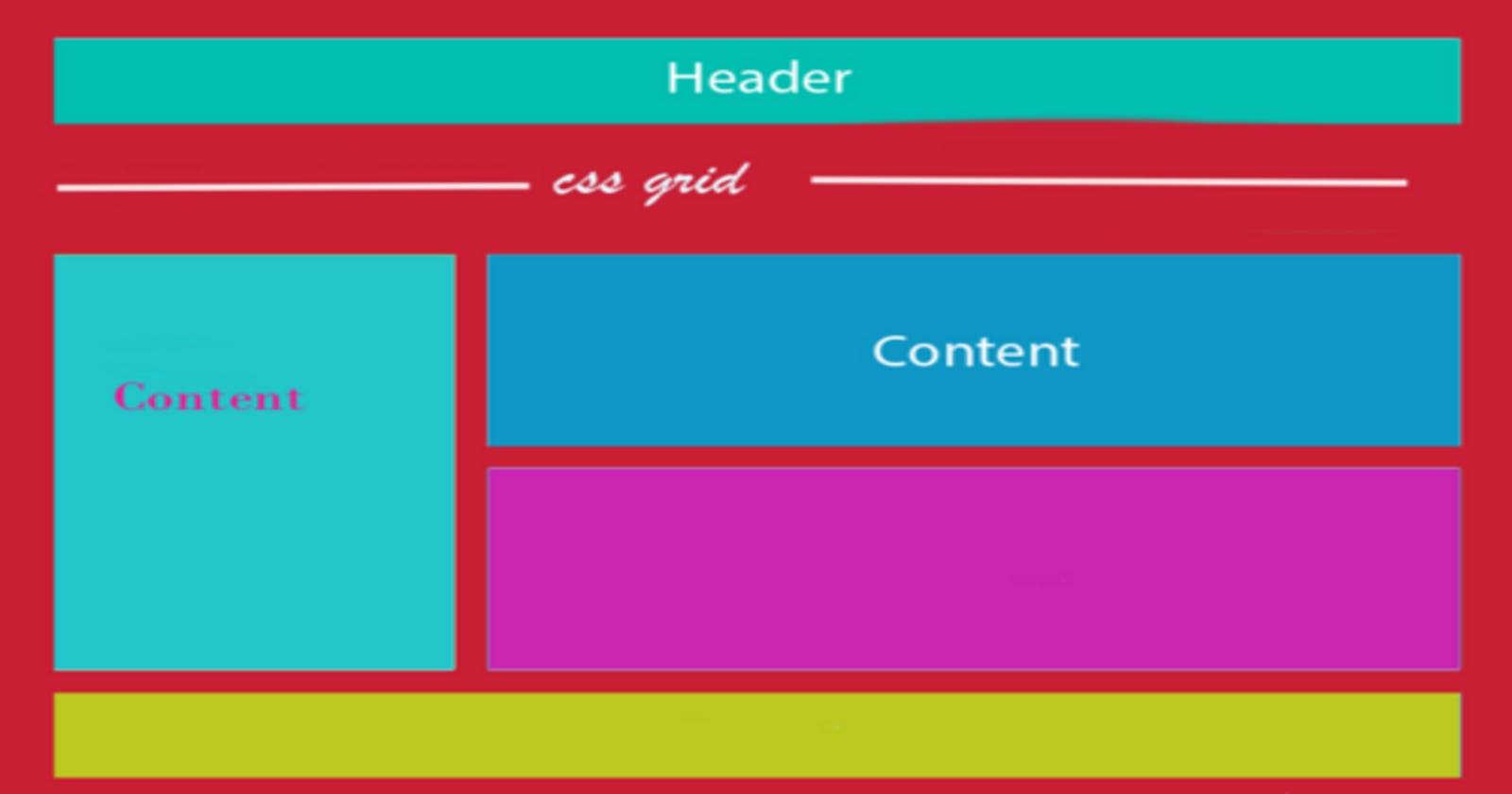Introduction:
A well-structured layout is essential for creating visually appealing and user-friendly websites, layout is a process of using CSS to control the position and size of elements on a web page.
Importance of CSS Layout:
Enhanced User Experience:
Better presentation and structure.
Better accessibility.
Flexible and responsive.
Visual Appeal.
Key Principles of CSS Layout:
Balance and Proportion: It creates a balanced layout that distributes elements beautifully.
Whitespace and Spacing: Use appropriate whitespace and spacing to create visual separation and increase the readability of user.
Responsiveness: Ensure the layout adapts to different screen sizes and devices .
Accessibility: It should be accessible for all users.
Types of CSS Layout:
Normal Flow: It is the default layout model in which elements are rendered in the order they are written in the HTML file.
Float: Allows elements to be positioned next to each other while allowing other elements to flow around them. Below are the most used properties of float to position the element-
1. none
2.left
3. right
Position: This property sets how an element is positioned in a document. The top, right, bottom and left properties determine the final location of positioned elements.
Flex: Provides a flexible system for arranging elements in horizontal or vertical directions.
Grid: For organizing elements in columns and rows.
CSS positioning is an essential tool for creating well-structured, visually appealing, and interactive web pages.
In upcoming lectures, I will discuss each CSS layout property with the coding implementation of each.
